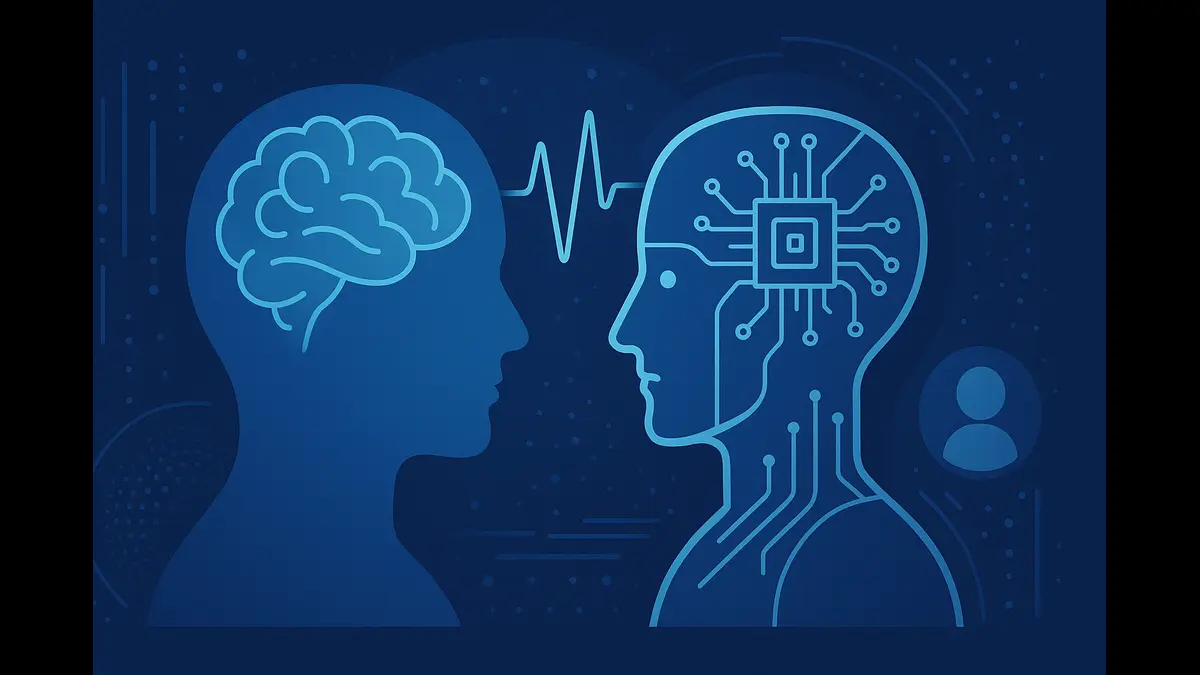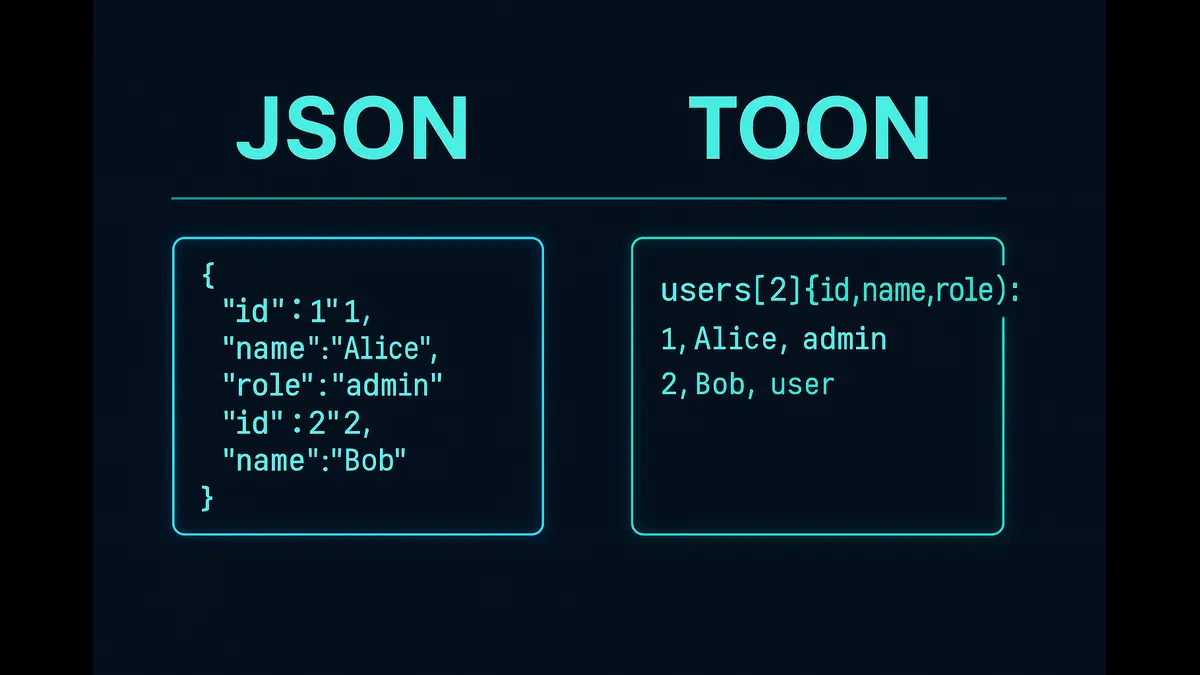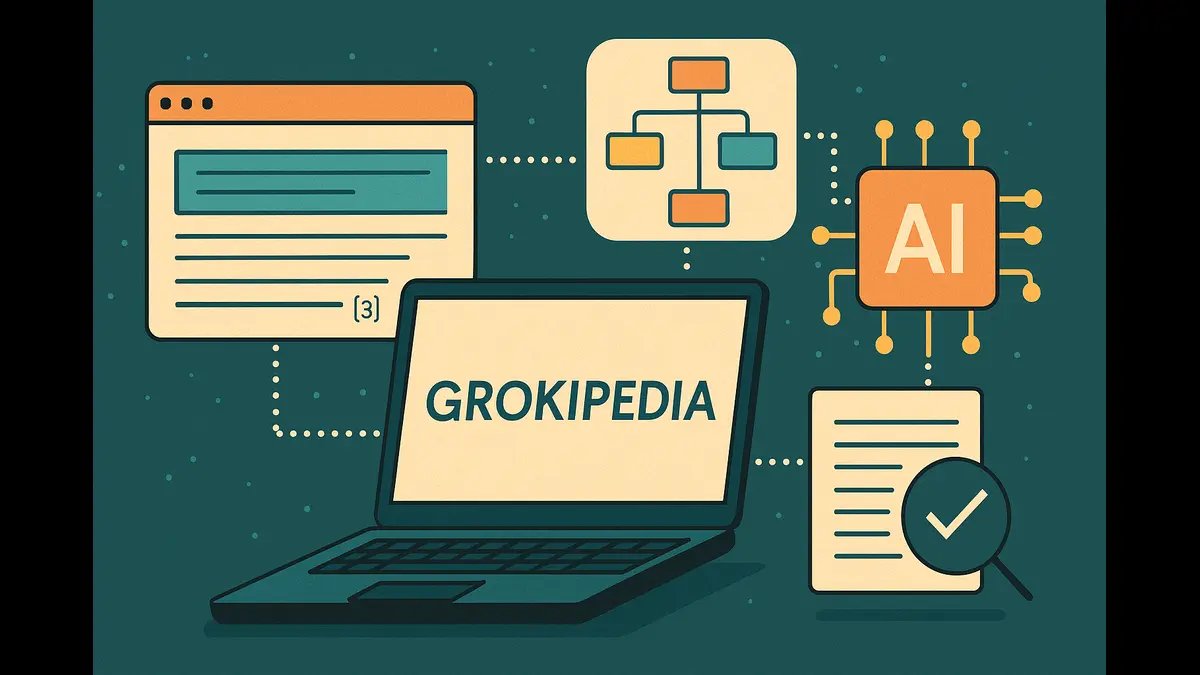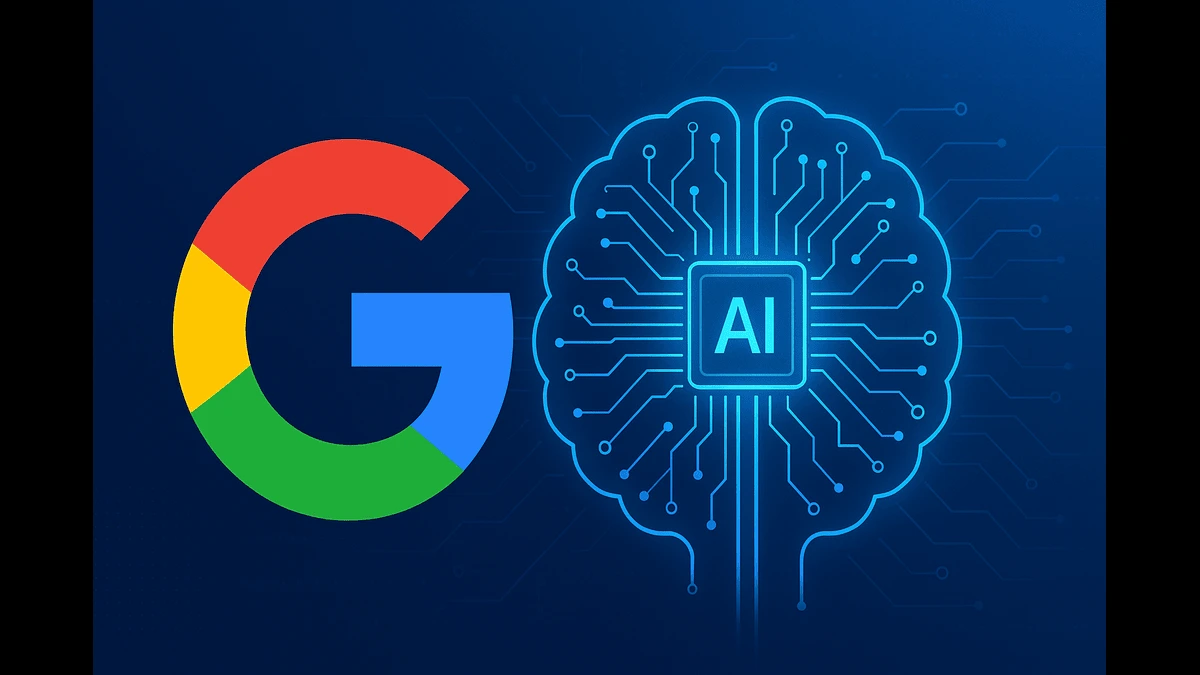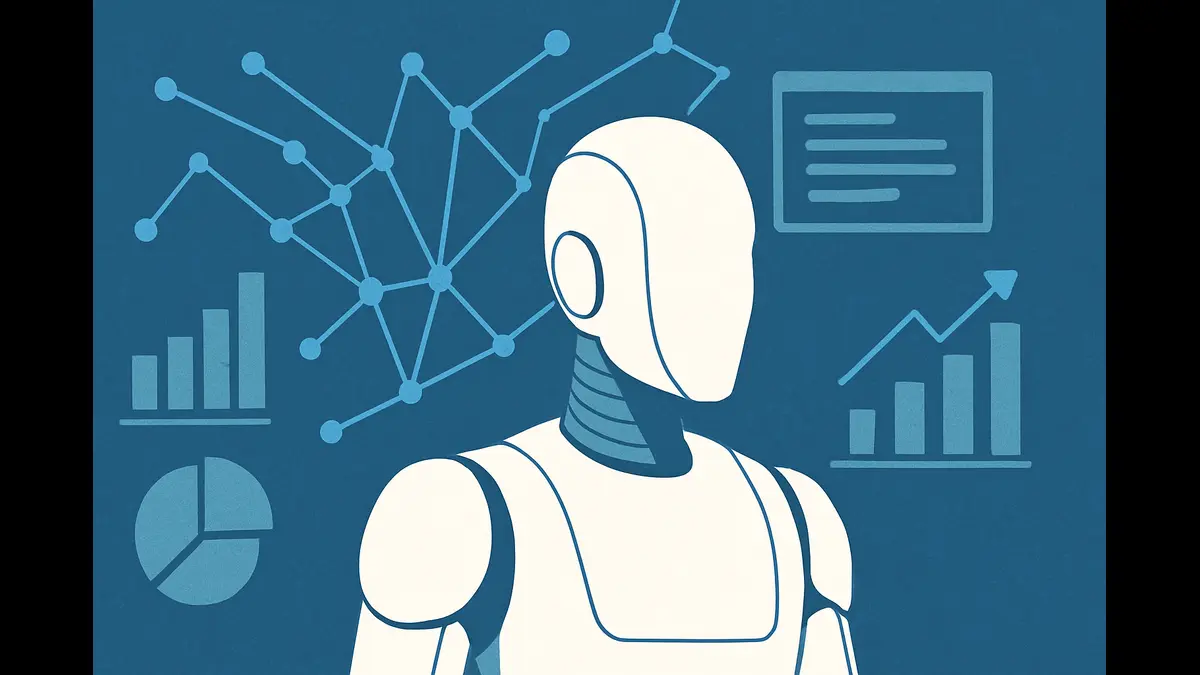
Microsoft’s 2025 Copilot study shows how generative AI is transforming white-collar tasks, with top impact on writing, info, and support roles.
Generative AI has crossed the novelty threshold. It’s not just writing poems or emails anymore — it’s silently reengineering the flow of work itself. With Microsoft’s real-world Copilot data, we’re no longer speculating. We’re observing. This is the first serious blueprint of what jobs AI is already reshaping, and what’s next to change.
With nearly 40% of Americans using generative AI at home or work, its adoption outpaces historical technologies like the personal computer and the internet. A recent study by researchers at Microsoft Research, published on July 10, 2025, provides a comprehensive analysis of how generative AI is reshaping occupational tasks. By examining 200,000 anonymized conversations between users and Microsoft Copilot, the study offers unique insights into the work activities AI assists and performs, and their implications for various occupations. This article synthesizes the study’s findings, highlighting the potential economic impact of generative AI and its differential effects across job sectors.
Methodology and Data
The study leverages a robust dataset of 200,000 privacy-scrubbed conversations from Microsoft Copilot, sampled over nine months in 2024 from U.S. users. These conversations were divided into two datasets: Copilot-Uniform (100,000 conversations sampled uniformly) and Copilot-Thumbs (100,000 conversations with user feedback). The researchers employed the O*NET database, which categorizes occupations by their constituent work activities, to classify user goals (tasks users seek AI assistance for) and AI actions (tasks the AI performs). They developed an AI applicability score to quantify the potential impact on each occupation, incorporating metrics such as task frequency, completion rate, and scope of impact. The methodology also included validation with human annotators and comparisons with prior predictions, ensuring reliability.
Key Findings
Copilot in the Real World – Quick Stats (Based on Microsoft Research, 2025.Work Activities and AI Usage.)
| Metric | Top 10 Insights |
|---|---|
| Total Conversations Analyzed | 200,000 (uniform + thumbs datasets from 2024 Copilot logs) |
| Top AI-Affected Roles |
|
| Most Common User Goals |
|
| Most Common AI Actions |
|
| Goal-Action Overlap | Only ~60% of cases showed direct overlap between what users asked and what AI did. 40% were complementary or divergent. |
| Least Impacted Roles |
|
| High Success Tasks |
|
| Tasks AI Struggles With |
|
(Note: Some roles are inferred based on task overlap with study finding)
Work Activities and AI Usage
The study identifies distinct patterns in how users interact with generative AI. The most common user goals involve gathering information, writing, and communicating with others. These activities, prevalent in knowledge work, receive high user satisfaction and completion rates. Conversely, AI actions often involve providing information, advising, teaching, and coaching, positioning AI as a service-oriented assistant. Notably, 40% of conversations show no overlap between user goals and AI actions, underscoring AI’s role in complementing rather than fully replicating human tasks.
Occupational Impact
One critical insight this study underscores: AI isn’t targeting professions — it’s targeting tasks. And that’s a silent revolution. For instance, a customer service representative may retain their job, but 70% of their routine queries might now be AI-handled. This shifts the human role from responder to escalator or empathetic specialist. The future is task unbundling, not job annihilation.
The researchers computed AI applicability scores for occupations, revealing significant variation across sectors. Knowledge-intensive occupations, such as Interpreters and Translators, Historians, and Writers and Authors, exhibit the highest scores, with up to 98% of their work activities overlapping with frequent AI-assisted tasks. Other high-impact occupations include Sales Representatives, Customer Service Representatives, and Computer Programmers, reflecting AI’s strength in information processing and communication. In contrast, occupations involving physical tasks, such as Nursing Assistants, Roofers, and Machine Operators, show minimal AI applicability, as LLMs are less suited to manual labor.
Success and Scope
AI excels in tasks like writing, editing, and researching, with positive user feedback in over 50% of relevant conversations. However, it struggles with data analysis and visual design, which receive lower satisfaction scores. The scope of AI’s impact—how much of a work activity it can assist or perform—varies significantly. For instance, AI can broadly assist with editing documents but has limited impact on complex tasks like conferring with clients. This suggests AI augments rather than automates most work activities, particularly in knowledge work.
Economic and Educational Correlations
The study finds a weak correlation between AI applicability and educational requirements, with occupations requiring a Bachelor’s degree slightly more affected than those needing less education. Similarly, high-wage occupations (but not the highest) show marginally higher AI applicability, indicating that mid-tier professional roles are most impacted. These findings align with prior predictions by Eloundou et al. (2023), with a correlation of 0.73 at the occupation level, validating the study’s real-world insights against theoretical models.
Implications for the Workforce
Strategic Takeaways for Organizations
Audit Tasks, Not Just Roles – Map high-frequency tasks where Copilot is used and identify efficiency gains.
Redesign Workflows – Don’t just insert AI; reimagine how work is orchestrated.
Communicate AI Use Transparently – Hidden usage = employee anxiety. Share use cases openly.
Invest in Human-AI Pairing Skills – Writing prompts is the new Excel.
Prepare Mid-Skill Roles – These are the most impacted yet least protected.
The findings highlight generative AI’s potential as a general-purpose technology, capable of impacting diverse sectors. Unlike automation technologies that primarily displace routine tasks, generative AI augments non-routine, creative tasks, raising productivity in knowledge work. However, the study avoids definitive conclusions on automation versus augmentation, noting that downstream business decisions—whether to hire more workers or reduce staff—will shape labor market outcomes. For instance, if AI makes software developers 50% more productive, companies might expand their ambitions or downsize teams, depending on strategic goals.
Occupations with high AI applicability, such as sales and administrative roles, may see increased efficiency, potentially reshaping job descriptions. Meanwhile, low-applicability occupations, particularly those involving physical or interpersonal tasks, remain less affected by LLMs, though other AI applications (e.g., robotics) could influence them. The study’s focus on real-world usage provides a nuanced perspective, revealing that AI’s impact depends on task-specific capabilities and user adoption patterns.
Limitations and Future Directions
The study acknowledges several limitations. Its reliance on Copilot data may not generalize to other AI platforms, as usage patterns differ (e.g., Copilot shows less focus on programming than Claude). Additionally, the dataset reflects early adopters, potentially skewing results toward tech-savvy users. The researchers also note the challenge of measuring downstream economic impacts, such as wage changes or job displacement, which requires longitudinal data. Future research could explore cross-platform comparisons, incorporate non-LLM AI applications, and track long-term labor market trends.
The Microsoft Research study offers a groundbreaking analysis of generative AI’s occupational impact, grounded in real-world usage data. By distinguishing between user goals and AI actions, it reveals how AI augments knowledge work, particularly in information gathering, writing, and communication. While knowledge-intensive occupations face the greatest impact, physical and manual roles remain largely unaffected by LLMs. As generative AI continues to evolve, its role as a transformative technology will depend on how organizations leverage its capabilities. This study provides a critical foundation for policymakers, educators, and businesses to navigate the AI-driven future of work.
This study isn’t just about AI performance—it’s about AI permanence. The Copilot logs may fade from memory, but their implications for how we work, hire, and learn will echo through the next decade.
Discover more from Poniak Times
Subscribe to get the latest posts sent to your email.

